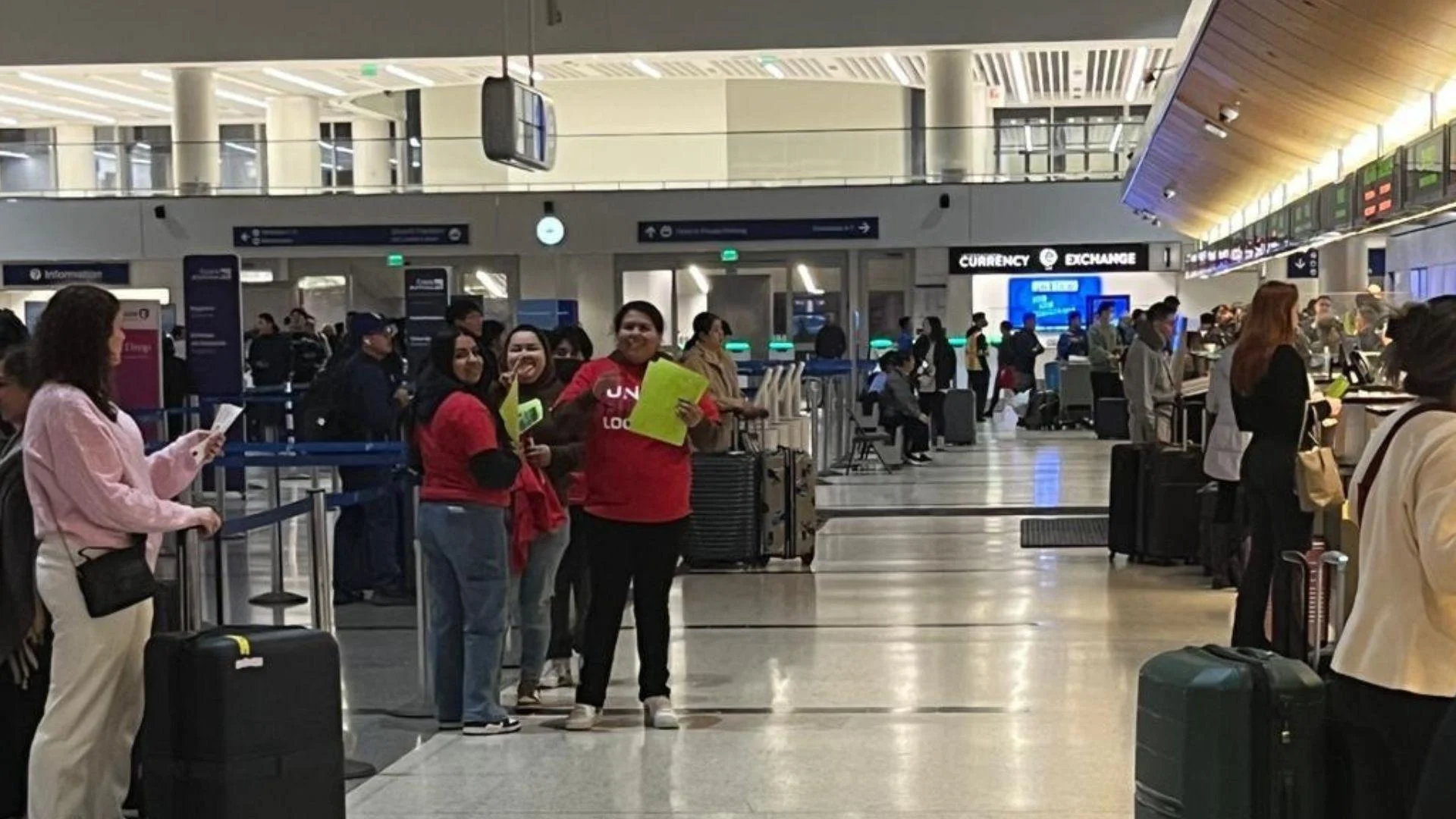A critical balancing act
Aircraft Center of Gravity can be calculated by:
1. Determining weights and arms for all mass within the aircraft
2. Multiplying weights by arms for all mass to calculate moments
3. Adding all moments together
4. Adding all weights together
5. Dividing total moment by total weight to achieve overall arm.
According to Air New Zealand’s Chief Flight Operations and Safety Officer, Captain David Morgan, ensuring everyone is in their correct seat is related to an aircraft’s “center of gravity envelope” (COG). As all aircraft come with a manufacturer-calculated COG envelope, operators must ensure that the total weight added to the plane before a flight takes off doesn’t exceed these parameters.
Recently, Simple Flying covered weight and balance—a factor that has impacted some aviation accidents—and passengers constitute one of the major “weights” of an aircraft.
Of course, if one single passenger moves up or down a few rows on a massive widebody filled with fuel and luggage, it’s unlikely to cause an issue with takeoff. But an aircraft with a COG too far forward or aft can indeed be comparatively difficult to control or require more fuel. Morgan went on to mention, as reported by NZME: “We want the center of gravity if we can towards the back of the aircraft because airplanes produce less drag if it’s there.”
Once all fuel, luggage, and passengers have been accounted for, calculations begin to determine where the COG is based on their exact distribution. Pilots then receive what is known as a “load sheet,” which includes this essential information impacting takeoff thrust and speed.
“It’s important that the aircraft’s center of gravity is actually where we expected it to be from calculations.”
Just as important for landing
Interestingly enough,the distribution of passengers remains crucial during landing.Most will understand that an airplane lands significantly lighter than when it took off since much fuel has been burned off during flight.Accordingly,Morgan stated:“If we have passengers moving from their allocated seats different ones end-flight centre-gravity changed”.
So again,before-flight-left-ground estimation-Center-Gravity-upon-landing-allocation-human-weight-calculated.Especially-for-landing-with-much-weight-gone-impact-cargo-passengers-affects-characteristics-flight-greater.If-passengers-free-move-around-last-segment-given-flight-and-ten-travelers-average-weight-went-one-end-another-potential-carry-on-luggage-that-would-mean-several-hundred-kilograms-weight-shifting.For-some-aircraft-types-this-could-be-too-significant.Want answers-more-key questions aviation-check-rest-guides here!Therefore airlines ensure-passengers-their allotted-seats-before-takeoff-and-landing.It-because-reason-sometimes-carrier-change-seat-last-minute perhaps-one-party-travelers-canceled-plans-caused-weight-balance-issue.
 Alerts Sign-up
Alerts Sign-up




































